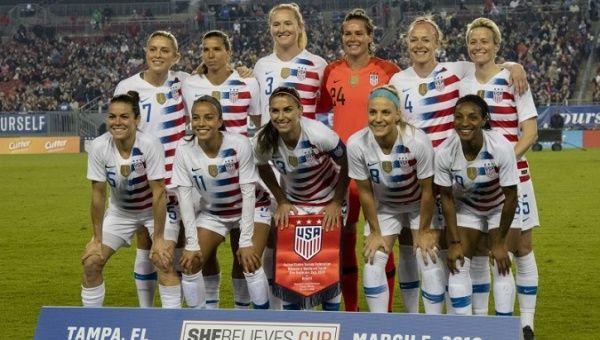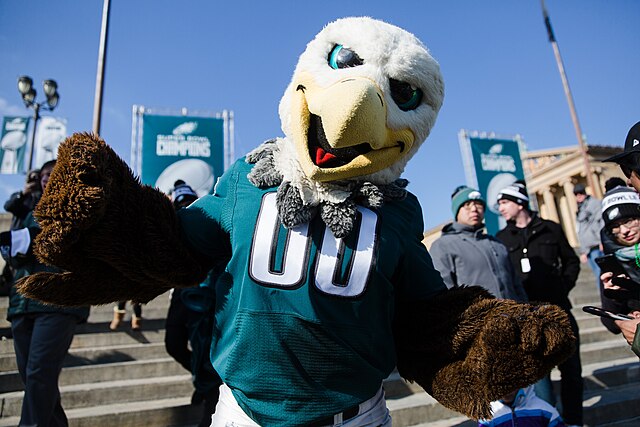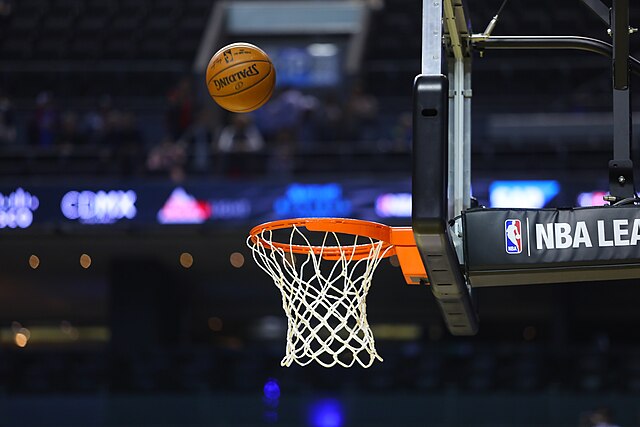On March 8, International Women’s Day, the U.S. Women’s National Soccer Team filed a federal lawsuit in the U.S. District Court in Los Angeles. The suit accuses the United States Soccer Federation of “a policy and practice of discriminating” based on gender and paying women less than comparable members of the men’s national team, according to NPR.
The U.S. women’s team’s biggest stars, Alex Morgan, Carli Lloyd and Megan Rapinoe are among the 28 members listed as plaintiffs in the suit. The lawsuit is intended to be a class-action suit, meaning that the plaintiffs can sue on behalf of other women who have played on the National Team and been denied equal payment for their work.
This isn’t the first time that the issue of unequal pay has come up in women’s soccer. In 2017, the Women’s National Soccer Team agreed to new terms on a collective bargaining agreement after a prolonged labor dispute over their union contract. That contract runs through 2021, so it covers the 2019 World Cup and the 2020 Summer Olympics in Tokyo.
In 2016, four of the plaintiffs from this case filed a discrimination charge with the Equal Employment Opportunity Commission (EEOC). No progress was ever made in the case, and in February the EEOC gave the four women letters allowing them to sue.
The team used the occasion of International Women’s Day to draw attention to their suit, filed only a few months before the Women’s World Cup in France this summer. As the defending World Cup champions, the U.S. women’s team has consistently been more successful than the men’s team. The women have three world cup wins and four Olympic championships, while the men have never won either. The U.S. men’s team did not qualify for the 2018 World Cup.
Despite their differing success, U.S. Soccer continues to pay athletes on the women’s team less than their male peers. The lawsuit notes the way that the pay gap plays out — women are paid less than men for each “friendly” match, women are paid less for making the World Cup roster — and they’re paid less for playing in the World Cup.
According to The New York Times, directly comparing pay between the two U.S. teams is a little misleading, because each team has their own agreement with U.S. soccer with different pay structures. Men get higher bonuses when they play for the U.S., but they only get paid if they make the team. Women get a base salary, with smaller bonuses for matches. This plays out in an example cited in the suit, when after winning the 2015 World Cup the women were paid less than one third of what the men received for losing in Round 16.
The U.S. Women’s Team’s efforts have the potential to impact other disparities in sports. Krista Dong ’20, a member of the Wellesley Soccer Team, said “Given that women’s soccer team is more successful than the men’s team, objectively speaking in terms of World Cups and Olympics, they should be paid as such. The men’s team didn’t even qualify for the 2018 World Cup.” She noted the potential difficulty in achieving equal pay given that men’s soccer is much more popular globally, but said “I hope it will make a difference in the long run, and I’m glad that these players are lobbying for the pay that they rightfully deserve, as they’ve had huge success on the world stage relative to our men’s team.”




